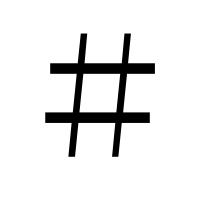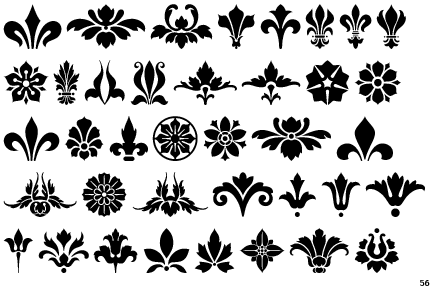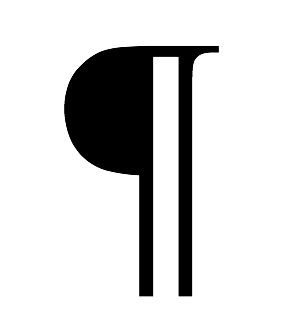Punctuation!
Punctuation.
Punctuation?
If words are the meat of a language, then punctuation is the bones and nerves. Without punctuation, language begins to mesh together and refuse to make sense. Commas are the difference between inviting your grandma to eat and eating your grandmother (“Let’s eat, Grandma.” “Let’s eat Grandma.”) Periods, commas, and quotation marks are some of the most common of punctuation marks, but there are many marks that often go unused, though their purpose is equally as valid.
Ampersand:
Logogram originating as a ligature of the Latin “et”, meaning “and”.
Asterism:
Three adjacent asterisks, used to indicate minor breaks in text.
Dagger:
The original mark for the divide symbol. Used to indicate a footnote, after an asterisk has been used.
Number Sign (Pound Sign, hash, Octothorpe)
Various uses in Computer Science, musical notation, and a new popularity in social media.
Section Sign (Hurricane):
Used when referring to a specific section in a document, usually in legal contexts.
Fleuron:
One of the oldest marks, used in Greek and Latin Texts to divide paragraphs. Can be used to fill the first line indent. Were Phased out with the introduction of line breaks. Also used for borders.
Index (fist)
A small, pointing hand. Fell out of favor due to being a difficult mark to handwrite, though it was once used as an attention calling bullet-point.
Interrobang:
A ligature of the exclamation point and the question mark. More commonly written without the ligature, as “?!”.
Irony Punctuation:
A backwards question mark. Unfortunately this mark is often unused.
Lozenge:
A printers mark, often used for prodders and patterns.
Guillemets:
What the French and various other countries use instead of quotation marks.
Pilcrow:
The Paragraph mark. Used in text to indent separate paragraph or to make the beginning of a new paragraph in a large block of text.













No comments:
Post a Comment